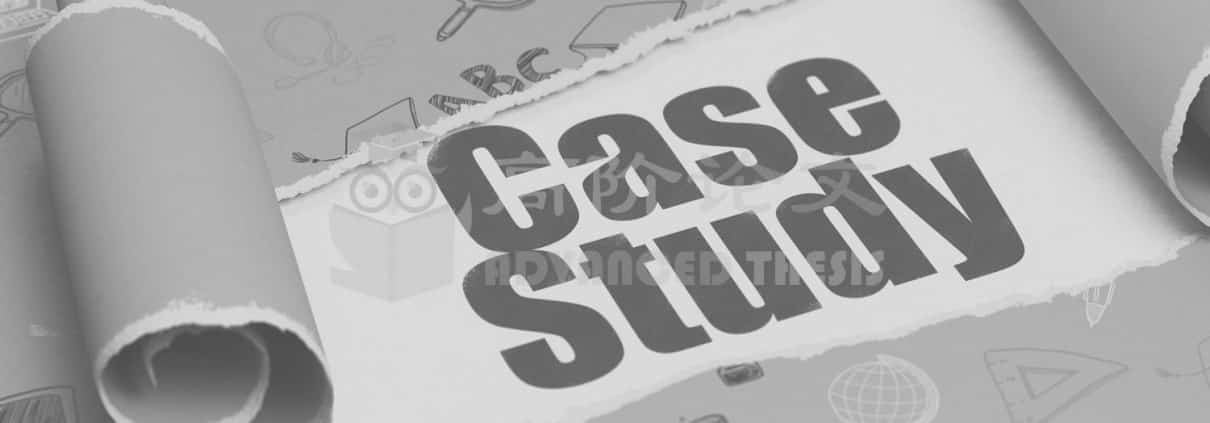assignment代寫:服務質量中的差距
assignment代寫:服務質量中的差距
公司的服務質量必須在實踐中得到標準化和一致性。服務質量必須在組織中進行測量,以確定服務質量中的問題,如服務不足或服務設計、實現錯誤等。根據Parasuraman, Zeithalm & berry(1985)開發的Gap模型,確定了五個不同的Gap。首先,顧客差距是顧客對服務質量的期望與顧客感知之間的差異。顧客期望不僅受預期服務質量的影響,還受顧客個人背景、生活方式等因素的影響。顧客感知是主觀的,這種感知是由顧客與服務的實際互動形成的。當顧客期望從服務中得到一些質量因素,並在實際感知中得到滿足時,就可以說顧客滿意。
知識差距是第二個差距,這是顧客期望與管理者感知之間的差距。經理應該了解顧客對服務的期望。他們應該知道客戶想要什麼,並且應該解釋客戶的期望,從而修改他們的服務以更好地滿足他們的需求。策略差距是管理感知和服務質量規範之間的差距。服務質量規範可以根據對消費者和市場的研究進行適當的界定。但是,管理可能會錯誤地轉換這些需求,或者服務設計可能不足以滿足服務策略的要求。缺乏標準化和缺乏不同的員工在工作場所的理解等是這種差距的一些常見的例子(Large and Konig, 2009)。
assignment代寫:服務質量中的差距
Service quality in a company has to be standardized and consistent in practice. Service quality has to be measured in an organization in order to identify issues in service quality such as shortfalls or design of service, implementation errors etc. According to the Gap model developed by Parasuraman, Zeithalm & berry (1985), five different gaps were identified. Firstly, the customer gap is the different between the expectations of customer on the quality of service and the customer perception. Customer expectation is usually influenced not only by the projected service quality, but also personal background of customer, their way of living etc. Customer perception is subjective and this perception is formed by the customer actually interacting with the service. Where a customer expects some quality factors from a service and has them fulfilled in actual perception, then the customer could be said to be satisfied.
The knowledge gap is the second gap and this is the gap between the customer expectation and the perception of the management. The manager should be knowledgeable about the customer expectation of a service. They should know what the customer wants and should interpret customer expectation to modify their service to meet their needs better.The policy gap is that gap between the management perception and service quality specs. Service quality specifications might be properly defined according to the research done on consumers and the market. However, management might incorrectly translate such requirements, or the service design might not be adequate enough to meet the service policy mandates. Lack of standardization and lack of different employee understanding in workplace etc. are some of the common examples of this gap (Large and Konig, 2009).








